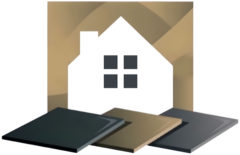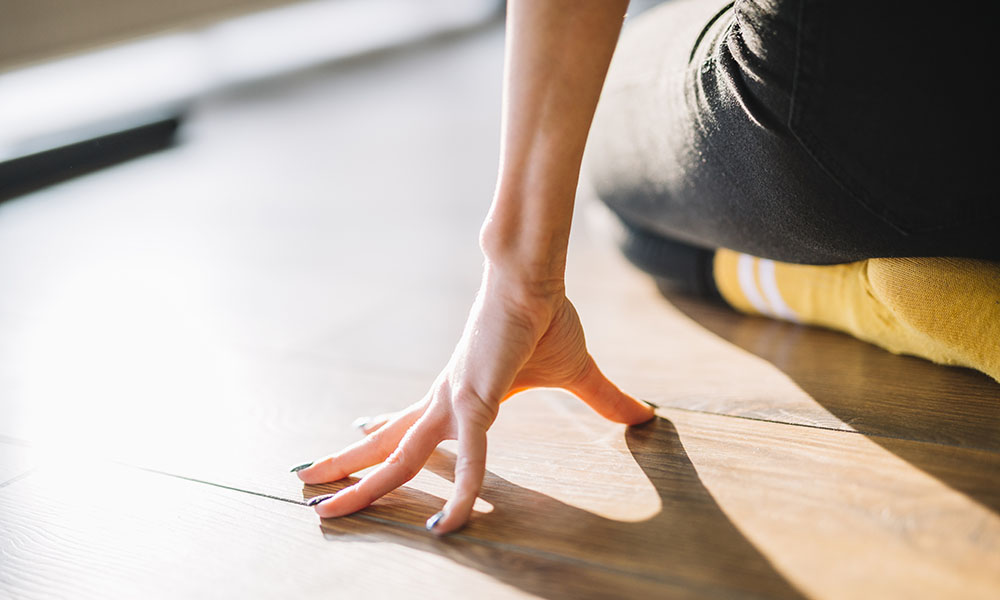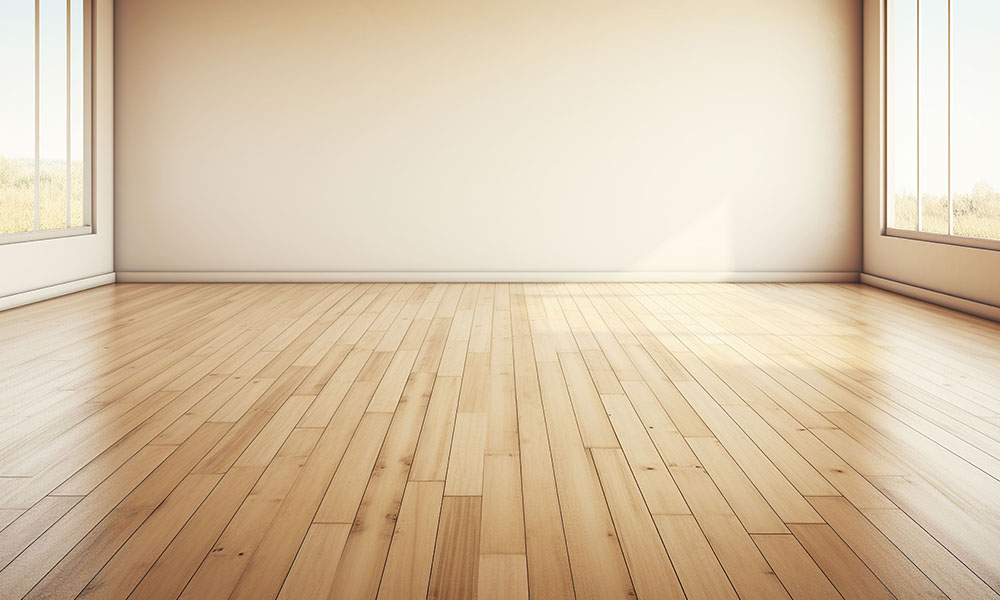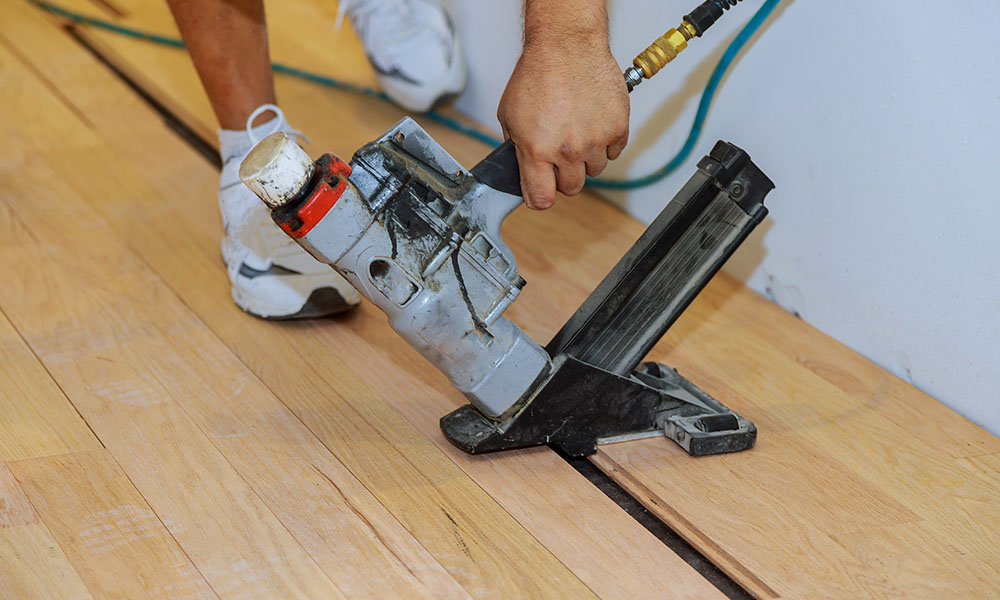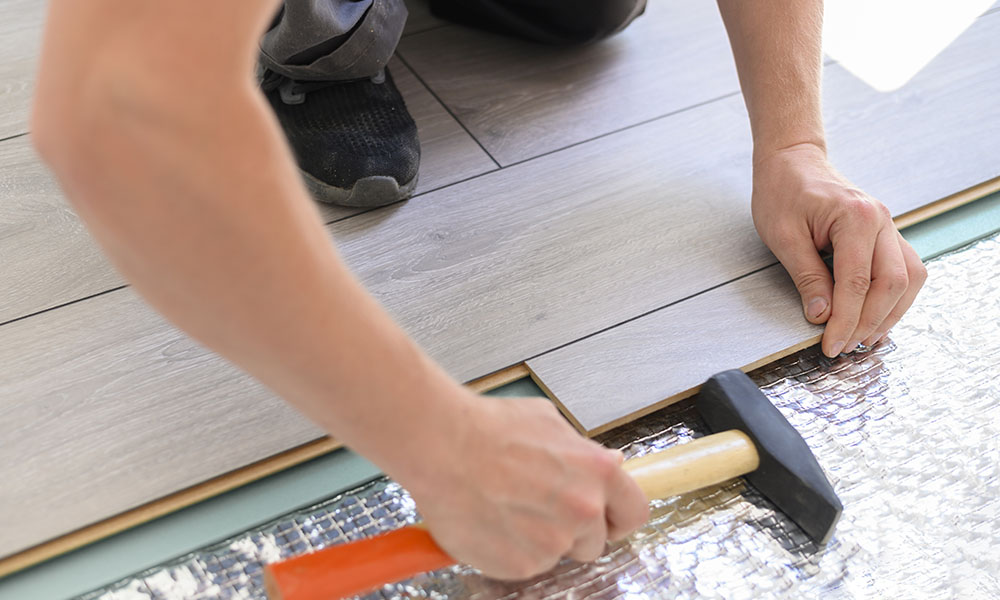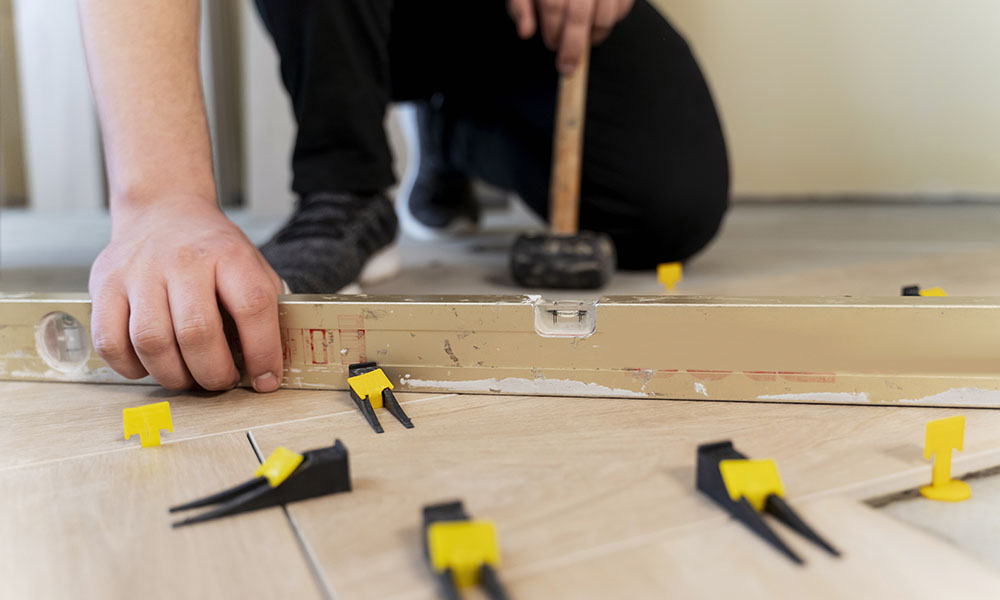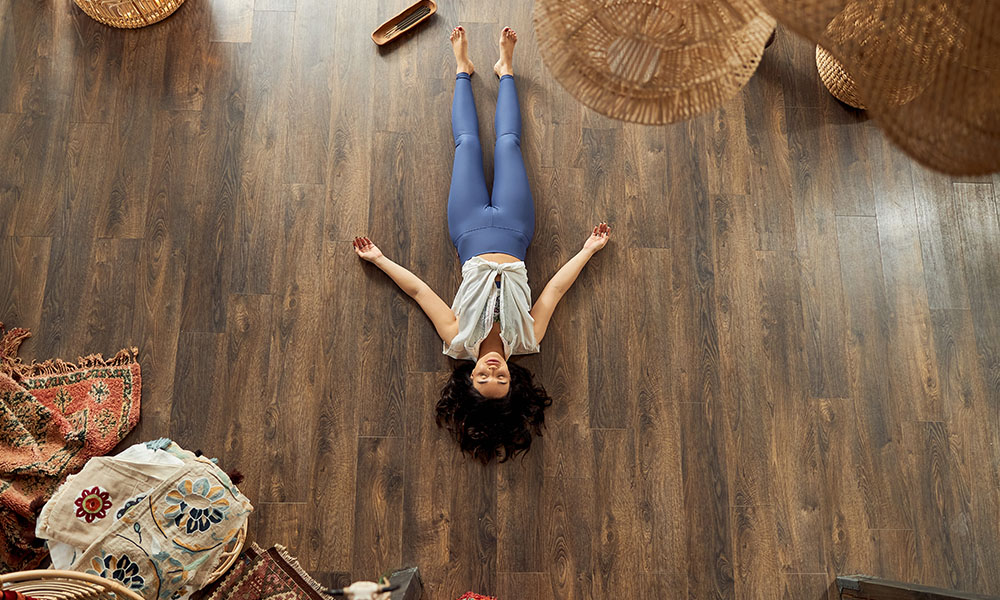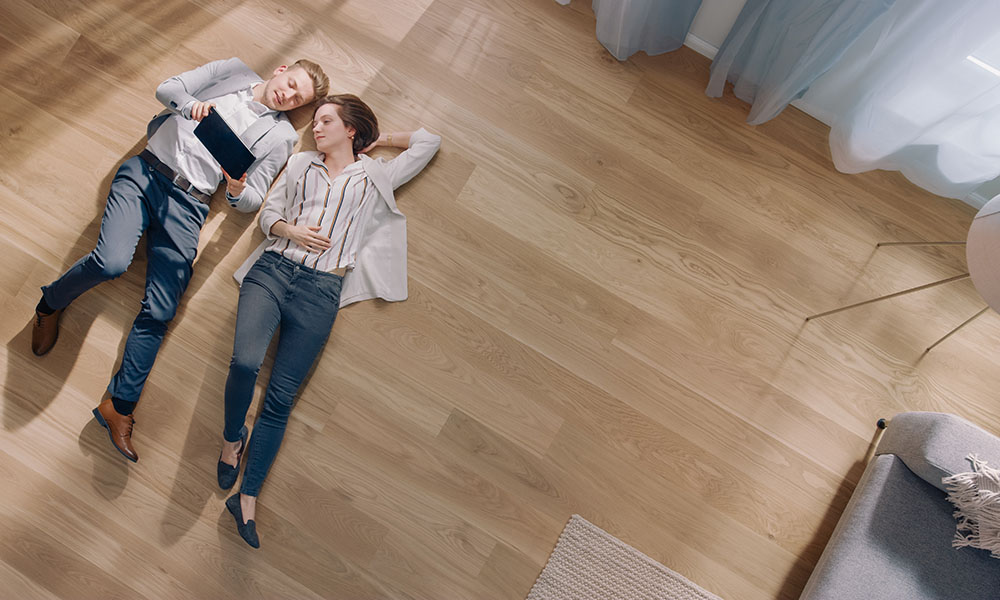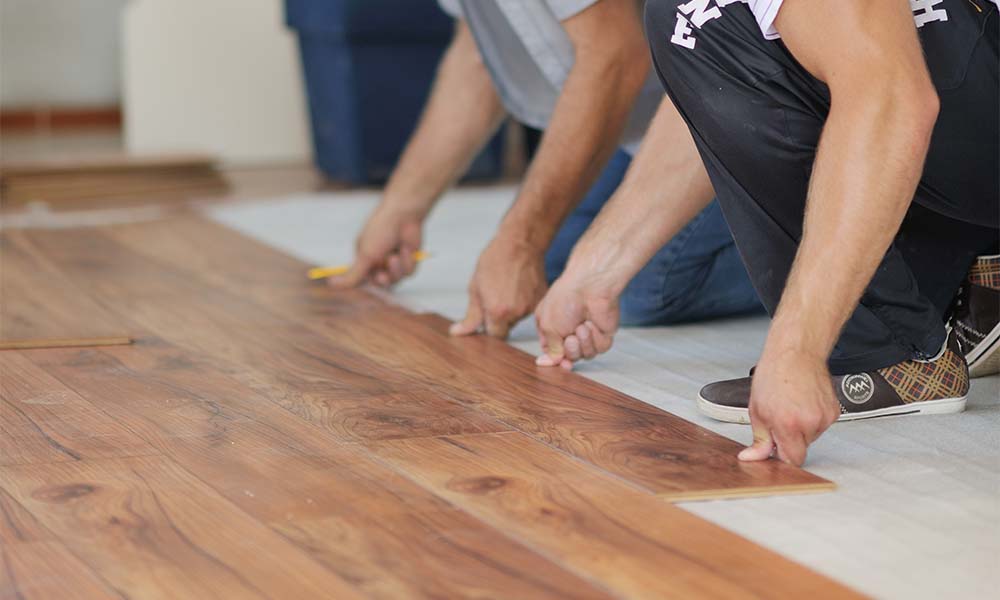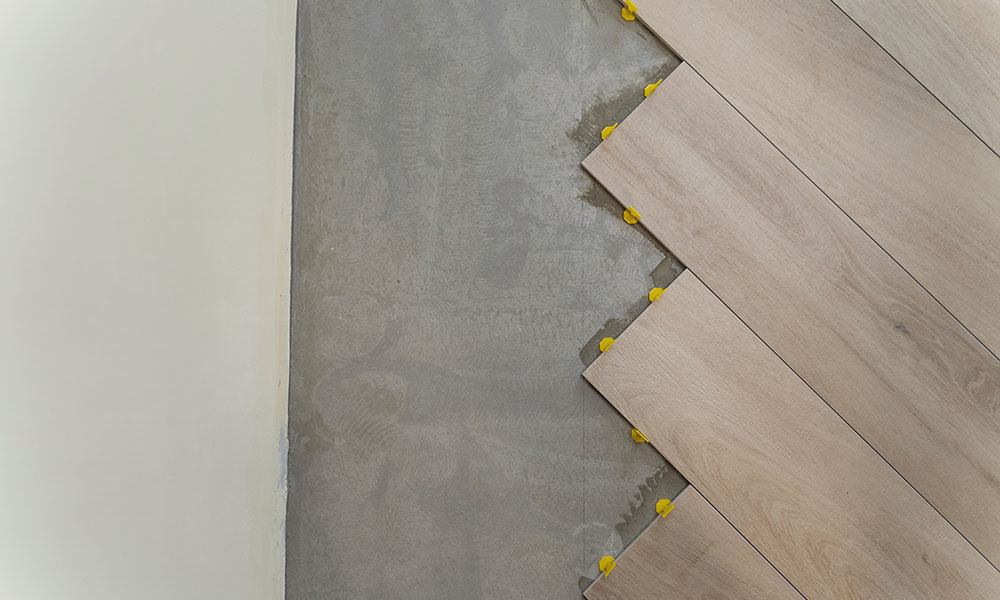Quick Fixes for Laminate Flooring: Repair Like a Pro in Simple Steps
Laminate flooring repair doesn’t have to feel overwhelming. Most issues can be fixed quickly with the right tools and techniques. Whether you’re dealing with cracks, scratches, or gaps, addressing these problems early can keep your flooring looking great for years to come. Here’s how you can tackle common laminate flooring issues like a pro. Understanding Common Laminate Flooring Issues Laminate flooring is durable but not immune to wear and tear. Everyday activities, shifting furniture, or environmental changes can lead to issues like cracks, scratches, or gaps. Understanding these problems is the first step in repairing them effectively. Cracks and Chips Cracks and chips often occur in high-traffic areas or where heavy objects are dropped. These small imperfections can quickly grow if ignored. For example, a crack might expand under continued pressure, making the floor less stable. Chips can expose the underlayer, which not only looks unattractive but can also invite moisture damage. Quick Fix: Use a laminate repair putty or wax filler in a matching color. Smooth it into the damaged area with a putty knife and wipe away excess for a seamless finish. Scratches and Surface Scuffs Scratches and scuffs are the most common issues with laminate flooring. They’re often caused by dragging furniture, pet claws, or even everyday dirt particles acting like sandpaper underfoot. While surface scuffs may seem minor, they can dull the flooring’s finish over time. Quick Fix: Use a laminate flooring repair kit with touch-up markers or wax crayons. Buff the area gently after applying the color to blend it into the surrounding surface. Warping and Buckling Warping and buckling occur when moisture seeps into the laminate or when the flooring doesn’t have enough room to expand and contract with temperature changes. These issues can make walking on the floor uneven and potentially dangerous. Quick Fix: For warped planks, consider replacing them if the damage is severe. To prevent further issues, check for moisture sources and ensure proper room ventilation. Gaps Between Planks Over time, gaps can form between laminate planks due to fluctuations in temperature or improper installation. These gaps not only disrupt the look of the floor but also create areas where dirt can collect. Quick Fix: Use floor clamps to pull the planks back together. For a more permanent fix, fill gaps with color-matching caulk or adhesive to keep them sealed. Essential Tools and Materials for Laminate Flooring Repair Having the right tools and materials on hand makes laminate flooring repair straightforward. Here’s what you’ll need to get started. Must-Have Repair Tools Putty Knife: This is used to fill cracks and chips smoothly. Touch-Up Markers or Wax Crayons: Ideal for scratches and surface scuffs. Clamps: Useful for pulling planks back together when dealing with gaps. Utility Knife: To cut and replace damaged planks with precision. Sandpaper: For smoothing filled areas and blending repairs seamlessly. Choosing the Right Repair Materials Laminate Repair Kits: These often include putty, markers, and wax fillers in a range of colors to match your flooring. Adhesives: Use high-strength, waterproof adhesives for securing loose planks or fixing gaps. Replacement Planks: Always keep extra laminate planks from your original installation for severe damage repairs. Moisture Barriers: To prevent future warping, especially if moisture caused the original damage. Step-by-Step Laminate Flooring Repair Guide Tackling laminate flooring repair is simpler than it seems when you have a clear process. Each issue requires specific steps to fix it effectively. Follow this guide to address common problems and keep your flooring looking and functioning like new. Fixing Cracks and Chips Cracks and chips can make your laminate flooring look worn out and vulnerable to further damage. Repairing these flaws helps maintain both appearance and durability. Step 1: Clean the damaged area to remove dust or debris. Use a slightly damp cloth and let the area dry completely. Step 2: Apply laminate repair putty or a wax filler in a matching color to the crack or chip. These are available in laminate repair kits. Step 3: Use a putty knife to smooth the filler, ensuring it’s flush with the surrounding surface. Step 4: Wipe away any excess filler and let it dry as per the manufacturer’s instructions. Step 5: Once dry, lightly sand the repaired area for a seamless finish. Removing Scratches and Scuffs Scratches and scuffs are inevitable, but they don’t have to ruin the look of your flooring. Addressing them quickly prevents further wear and tear. Step 1: Clean the surface to ensure no dirt or dust interferes with the repair. Step 2: Use a laminate touch-up marker or wax crayon in the same shade as your flooring to color the scratch. Step 3: Blend the color by buffing the area gently with a soft cloth. Step 4: For deeper scratches, consider applying a laminate repair putty and sanding it down for an even finish. Repairing Warped or Buckled Planks Warped or buckled planks can create an uneven surface, which is both unsightly and a potential tripping hazard. Address these problems to restore the floor’s stability. Step 1: Identify the cause of the warping, such as moisture or lack of expansion space. Step 2: If the damage is minor, weigh down the affected planks with a heavy object to flatten them over time. Step 3: For severe warping, carefully remove the damaged plank using a utility knife or pry bar. Step 4: Replace the plank with one of the same type and size, securing it with adhesive if necessary. Step 5: Ensure proper ventilation or moisture control to prevent future warping. Closing Gaps Between Planks Gaps between planks not only affect aesthetics but also collect dirt, making cleaning harder. Fixing these gaps is simple with the right approach. Step 1: Place a floor clamp across the affected planks and tighten it to pull them back together. Step 2: Use a color-matching caulk or adhesive to fill any visible gaps. Step 3: Smooth the caulk with a putty knife and wipe away excess material. Step 4: Allow the adhesive to cure fully before walking on the repaired section. Preventive Measures to Avoid Future Damage Preventing laminate flooring damage is easier and more cost-effective than frequent repairs. Simple practices can protect your floors for years. Maintaining
